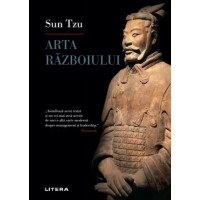For generations, scholars have been trying to figure out who Sun Tzu was–if he existed at all. Legend has it that he was a Chinese military leader in an era known as the Spring and Autumn Period. This was a time of great turmoil in China, as many vassal states vied for power and control of the country’s unpopulated territories. Under these circumstances, Sun Tzu’s skills as a warrior were much in demand.
As the story goes, the king of one of the feuding vassal states challenged Sun Tzu to prove his military expertise by turning a harem of royal courtesans into an organized, well-trained fighting force. At first, the courtesans failed to perform their duties; in response, Sun Tzu beheaded two of the king’s favorites in front of everyone. After that, the courtesan armies followed orders perfectly, and the king was so impressed that he put Sun Tzu in charge of his whole military.
The Art of War presents the basic principles of warfare and gives military leaders advice on when and how to fight. Its 13 chapters offer specific battle strategies–for example, one tells commanders how to move armies through inhospitable terrain, while another explains how to use and respond to different types of weapons–but they also give more general advice about conflicts and their resolution. Rules like “He will win who knows when to fight and when not to fight;” “He will win who knows how to handle both superior and inferior forces;” “He will win whose army is animated by the same spirit throughout all its ranks;” “Victory usually goes to the army who has better trained officers and men;” and “Know the enemy and know yourself; in a hundred battles you will never be in peril” can be applied to particular battle situations as well as to other kinds of disagreements and challenges.
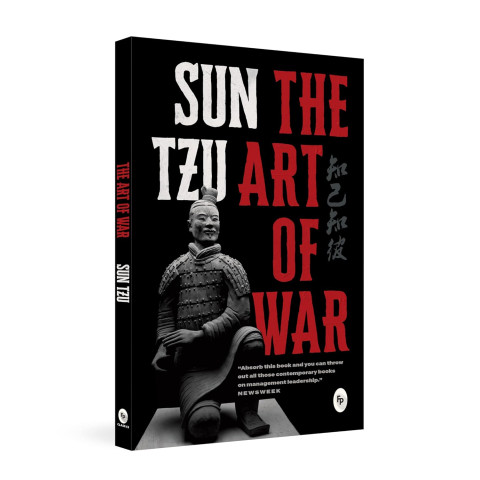
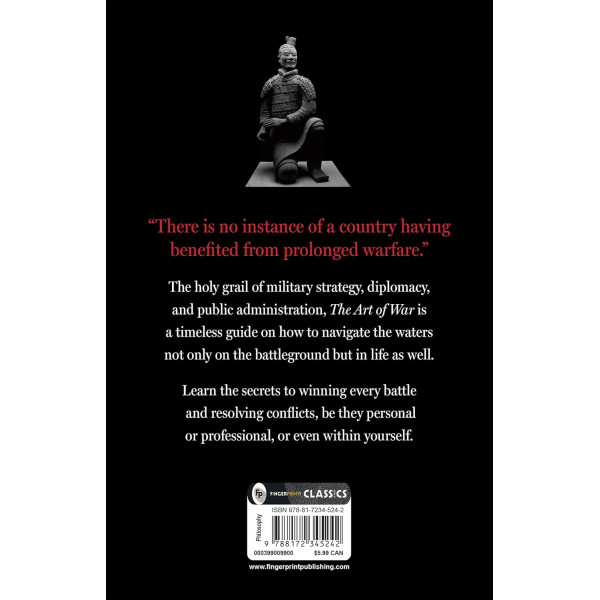
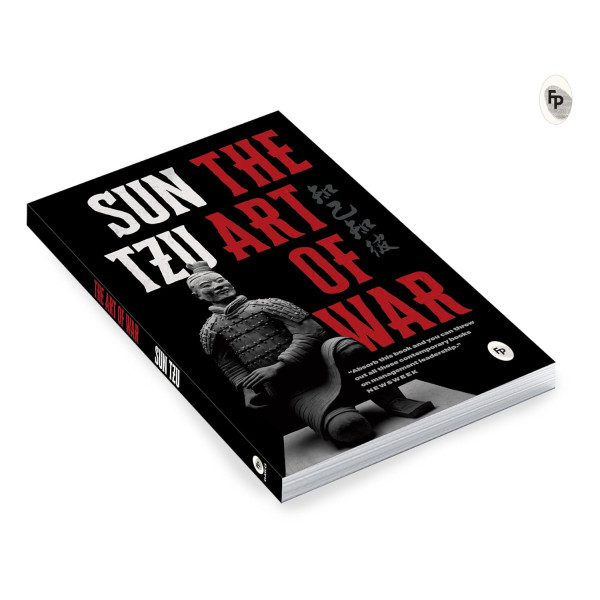
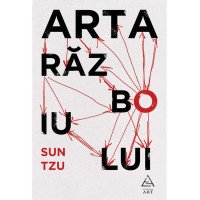

![Arta războiului [2021] Arta războiului [2021]](https://www.librariilealexandria.ro/image/cache/catalog/produse/carti/Filozofie%20/arta-razboiului-art-2021-200x200.jpg)
